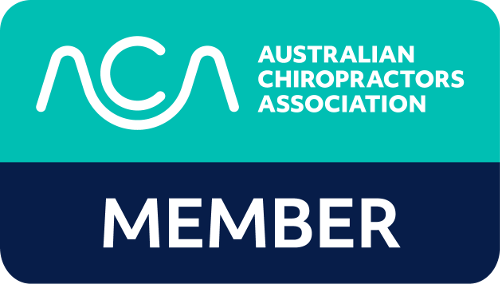If a child presents with a limp to a chiropractor, it may indicate a hip problem. After excluding ankle and knee conditions, the chiropractor will focus on the hip. Since this can be a serious issue, the chiropractor must be aware of the various causes of limping. If they determine that the child’s limp is due to a hip problem, several causes are possible.
Developmental Dysplasia of the Hip
Developmental Dysplasia of the Hip is usually detected by doctors or infant welfare nurses in children from birth to 4 years old. Occasionally, a chiropractor may also detect it. Special tests are known as Ortolani and Barlows tests assess hip stability in newborns who not yet walking and therefore won’t have a limp. If the condition is present, the baby needs a referral to a pediatrician. Treatment typically involves wearing a brace to keep the hip in place until it matures, and more severe cases may require surgery.
If the condition is missed in infancy and a toddler is seen to be limping, it may require surgery.
Transient Synovitis
Transient Synovitis is typically self-limiting and affects children aged 2 to 8 years following a viral illness. The child will experience pain and avoid bearing weight on the affected leg.
Septic Arthritis
Septic Arthritis is a joint infection that can affect young children and is associated with a fever. It requires medical attention, including drainage of the hip joint and antibiotics, as it’s a serious condition.
Legg-Calve-Perthes Disease
This is commonly referred to as Perthes Disease and comes about due to a disruption of the blood supply to the femur’s head, which can lead to deformity. It can affect children up to 18 years old, but boys aged 4 to 8 are more commonly affected. This condition requires medical attention and sometimes surgery.
Slipped Capital Femoral Epiphysis
This can affect obese teenage boys and requires surgery. The top of the femoral head slips backwards before the growth plate fuses.
As previously noted (read here), x-rays should not be routinely ordered, but some of the above conditions may require special X-rays or ultrasounds.
If the above conditions are ruled out, it’s possible that the child has a sacroiliac lesion or lower back problem. Chiropractic treatment should only be applied when the chiropractor is confident that the above conditions are not present.
At Farrelly Chiropractic, we’re happy to check your child if they’re limping and experiencing hip pain. However, you may need to consult with the child’s doctor as well.


